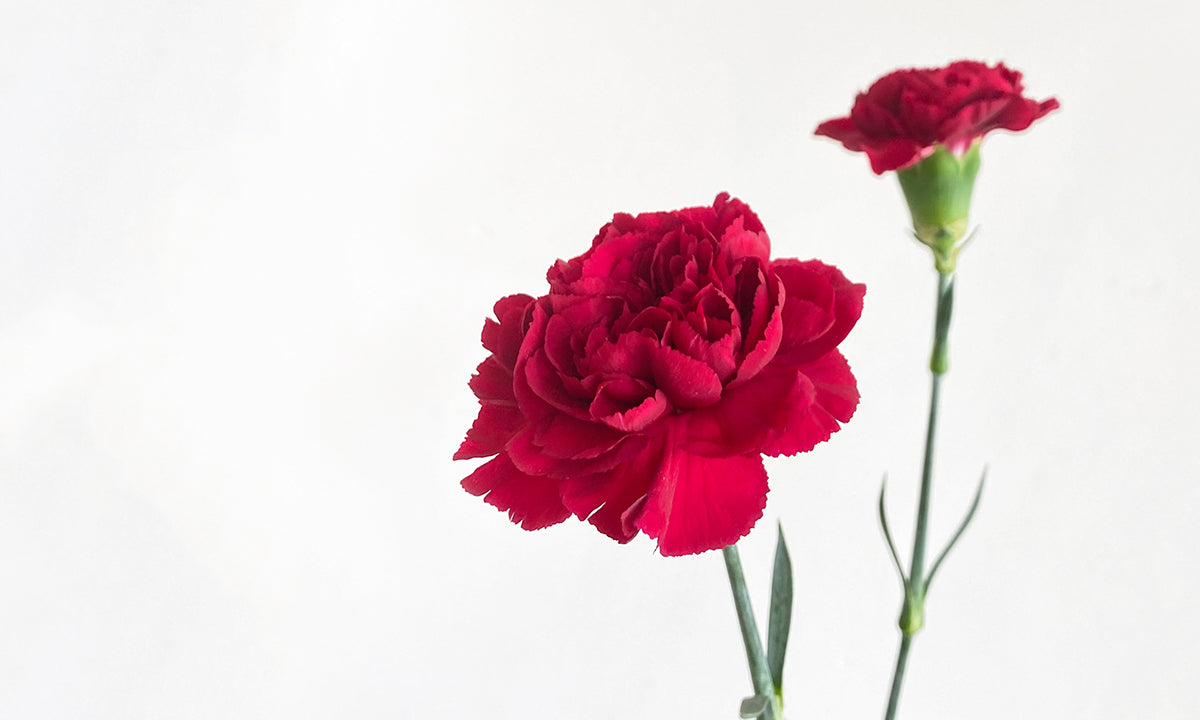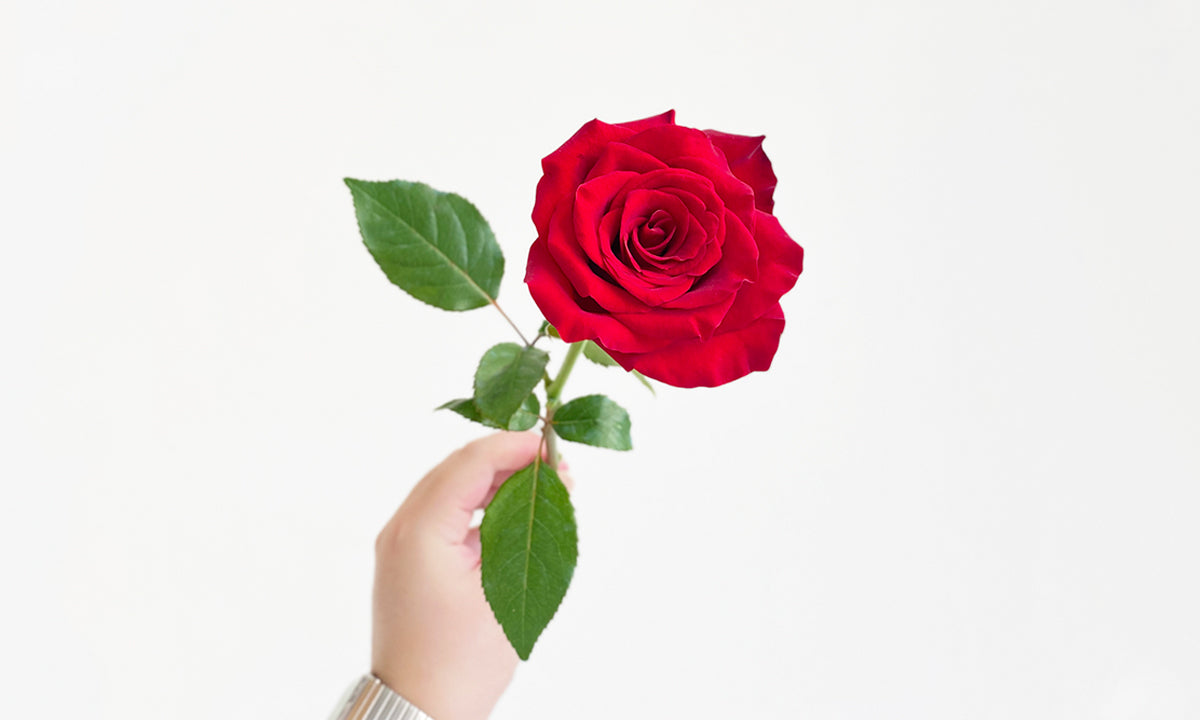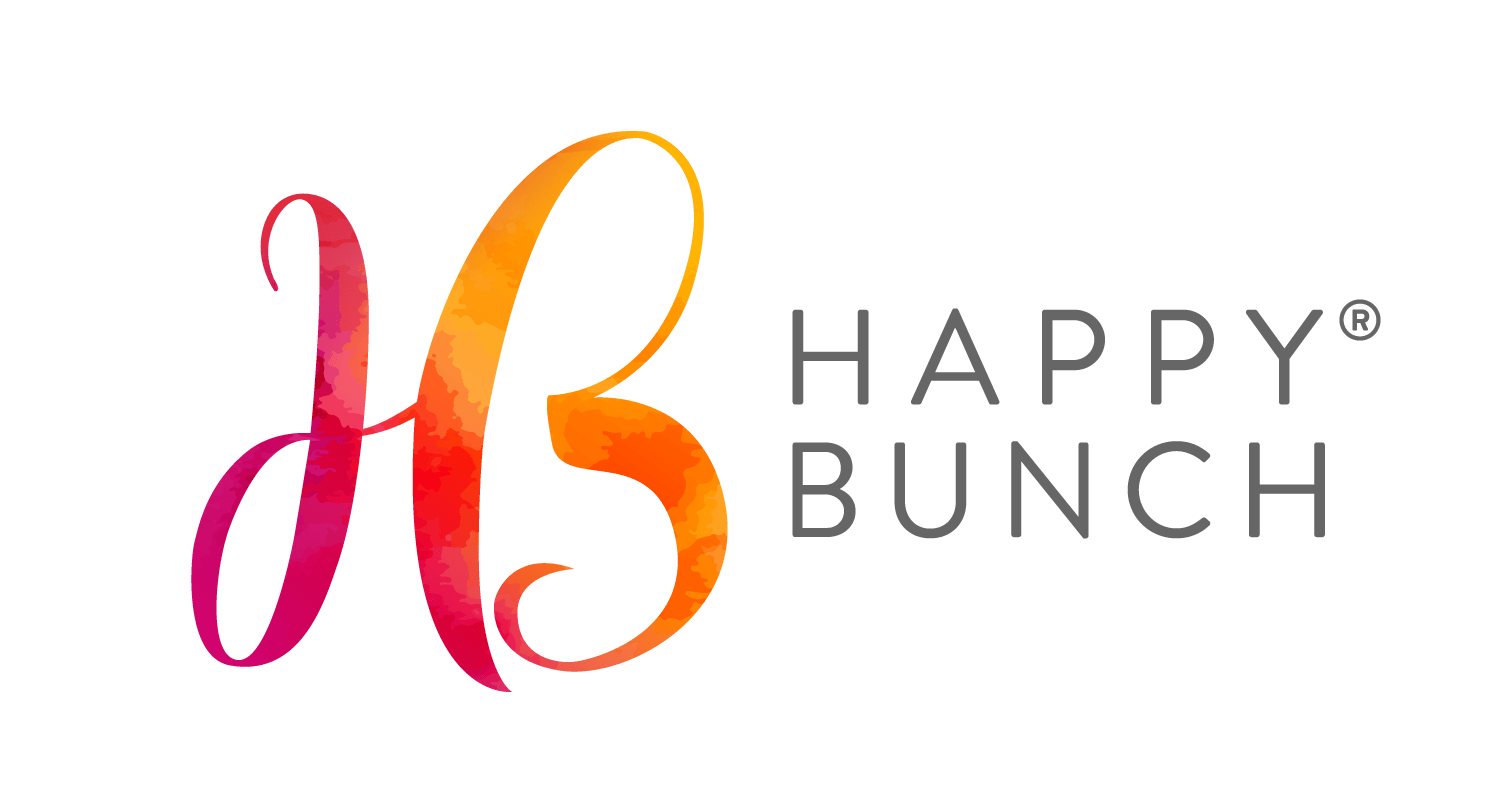
A Guide to Edible Flowers
You may have been to a restaurant or a cafe recently and spotted pretty flower petals on your salad or pancakes. This may seem unusual at first, however garnishing your dishes with edible flowers (you can even grow your own!) has been increasingly popular in the culinary scene recently, and can be found in a multitude of cuisines!
Sprinkling colourful flower petals can elevate a simple dish by adding a touch of elegance, and adding delicate notes of flavour. But are all flowers edible? What do they taste like? Read on to learn more about edible flowers, and the do’s and don’ts when it comes to eating and cooking with real flowers.
Can you eat real flowers?
Yes, real flowers can be eaten, however not all of them! The important thing is to ensure they are sourced correctly and that their flower variety is of edible nature. To help you get started, we’ve curated a list of do’s and don’ts surrounding edible flowers below.
Edible Flowers – Do’s
- Do your research and only eat flowers that you know are 100% edible. Consult a nutritionist to ensure the flowers are safe to eat, and when in doubt, do not consume them!
- For some flowers, the edible parts are the bulb, and for others they are the petals. Do proper research to confirm which parts of the flower are safe to consume and which are not.
- Edible flower varieties are only safe to eat when they are grown organically, and are washed thoroughly.
- Only eat flowers in small quantities, and one flower type at a time. This way you can avoid digestive problems and spot any potential allergy reactions.
Edible Flowers – Don’ts
- Do not eat flowers you can find in florists, nurseries or plant and garden centers. In most of these cases, the flowers used have been treated with toxic pesticides, and are not grown for edible consumption.
- Avoid consuming flowers grown by roadsides, as they may be treated with pesticides or be exposed to vehicle exhaust fumes and residues.
- Know what you’re eating—do not consume the flowers just because they have been served on your dish in a restaurant! Some chefs use flowers as an aesthetic garnish on their plates when those flowers are not meant to be eaten. If you’re not entirely sure if the flower can be eaten, err on the safe side and avoid consuming it.
Which flower can be eaten as food?
Now, you may be wondering—what flowers can be eaten? We’ve listed 10 edible flower types below, along with their flavour profiles and what they are often paired with. Read on to learn more about the different types of edible flowers!

Image by: FeedFeed
Allium
The name Allium is actually the family name for all Onion crops, and many members under the Allium family are edible. Under the Allium family you can find popular plants like Garlic (Allium ursinum), Onion (Allium cepa), Scallion (Allium cepa Aggregatum Group), Chives (Allium schoenoprasum) and more.
Chives are a common Allium variety that are enjoyed for their pungent mild-tasting leaves, and their edible flower blossoms. Often they are used as a garnish on toasts and salads to add a subtle and elegant touch, as shown in the image above.
With hundreds of different species of Alliums, the varieties may look similar, but taste different—ranging from mild onions and leeks, to strong onion and garlic, to no flavour at all.

Cynara
Cynaras are otherwise known as Artichokes! The Cynara Cardunculus (or Cardoons) are often grown for their edible creamy stems, and are known to have the smokey and earthy flavour of artichokes. They are eaten as a vegetable, and can be cooked in a variety of ways. However don’t go chewing on Cynaras when you receive them in your bouquet of flowers! Oftentimes the flowers used by florists are not grown to be safe for consumption, and are meant to be used as ornamental flowers instead.

Brassica
Similar to the Allium family, Brassica is a genus of plants in the cabbage and mustard family with popular varieties like Broccoli, Cabbage, Kale, Cauliflower, Brussels Sprout, and more.
The Brassica you see in the picture above is known as an Ornamental Flowering Kale, and is a variety we often use in our flower bunches. You may be asking—are Ornamental Kales edible? The ones florists often use were grown for decorative purposes, and thus are not safe to eat. On the other hand, when they are grown for consumption purposes and are not sprayed with toxic pesticides and chemicals, their leaves are said to have a bitter taste and can be used in stir-fry dishes. However, their roots are poisonous hence should be avoided.

Carnation
Carnations are often used in the culinary scene by steeping them in wine, candy, or used as decoration for desserts and cakes. Carnation petals are known to be surprisingly sweet, with a light clove-like or nutmeg scent.

Chamomile
Is Chamomile edible? This question is a no-brainer if you’re a tea lover! Chamomile is a pretty herb with daisy-like flowers, where their bright yellow centers are known to have a mild, apple-like flavor. They are often appreciated for their taste and ability to calm nerves when steeped as tea. Alternatively, they can be used in flower-infused cocktails as well.
Chamomile leaves and flowers are both known to be safe to eat—only if they haven’t been sprayed with toxic pesticides or herbicides. Thus, avoid consuming the Chamomile in your flower bouquets, as flowers used by florists are not cultivated for eating.

Chrysanthemum
We all love a nice cup of Chrysanthemum tea! Chrysanthemums are tangy, slightly bitter, and have a herby flavour. Often the petals are removed from the flower bulb, and when they are not used as tea, are used in stir-fry dishes or as a salad seasoning.

Image by: Olga Tutunaru on Unsplash
Lavender
Lavenders do not only smell great, they also add sweet, floral, and citrusy flavours to your dish. Lavender is commonly used as a garnish, and works well when the buds are sprinkled over sweet desserts, or when sprigs of Lavender are infused into cocktails.

Lotus Seed Pod
Lotus Seed Pods, or Nelumbo Nuciferas, are the seed heads of the Lotus flower. The seed pod contains Lotus Seeds (also known as Fox Nuts, Gorgon Nuts, or Makhana) that can be popped and eaten. Touted as the healthier alternative to popcorn, they are a popular snack choice when boiled or roasted.
Lotus seeds are full of fibre, calcium, and nutrients, and have a neutral flavour. Besides being boiled and roasted, they can also be grounded into a flour for baking and cooking.

Rose
Some varieties of Roses are known for their strong floral scent, and if you’re wondering what they taste like, Roses are known to have a subtle and fruity flavour! They work well in a multitude of dishes, from soups, to jams, and desserts. To watch some Roses in action, YouTuber Liziqi showcases her process of making Rose dishes like Rose petal jam, Rose smoked chicken, and more.
All Roses are edible, however their tastes will vary depending on their variety and growing conditions. Be sure to remove the white portion of their petals as they will taste more bitter, and to only use Roses that were 100% grown for consumption and not for ornamental or decorative use.

Tulip
Does it surprise you to know that Tulips are edible? Their flavour varies across varieties, but they are generally said to taste like a sweet version of lettuce, or baby peas, with a texture similar to cucumbers.
When the Tulips are harvested organically and are culinary-safe, their petals are edible, however it is not advisable to eat the bulb, stem, or leaves of the Tulip.
Important considerations when eating flowers
Only eat flowers and parts of flowers that you know are 100% safe to eat. Often you can find edible flowers in the produce section of grocery stores (not the flower section!). However, be sure to identify them as organic and labelled as culinary-safe before consuming them.
You should always avoid consuming flowers you can find in nurseries, florists, or garden centers. This is because most of these flowers were grown for ornamental and decorative purposes, and have been treated with toxic chemicals and pesticides—thus they are not safe for consumption. If you’re unsure of whether a flower is edible, consult a nutritionist. Otherwise, it is best to err on the side of caution and not consume them.
What are your thoughts on edible flowers?
From types of flowers, to its flavours, and the do’s and don’ts around eating real flowers, we hope you learned something new about edible flowers today! Which edible flower would you try if given the chance?
If you would like to learn more about other interesting flower facts, visit our Flower Dictionary.



